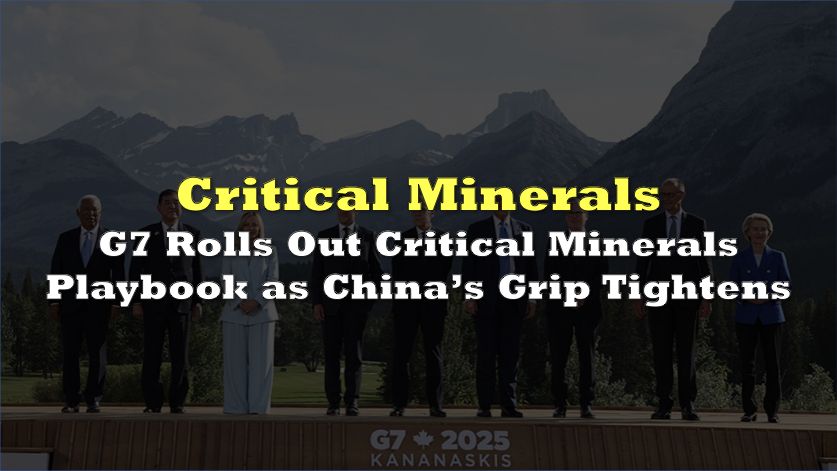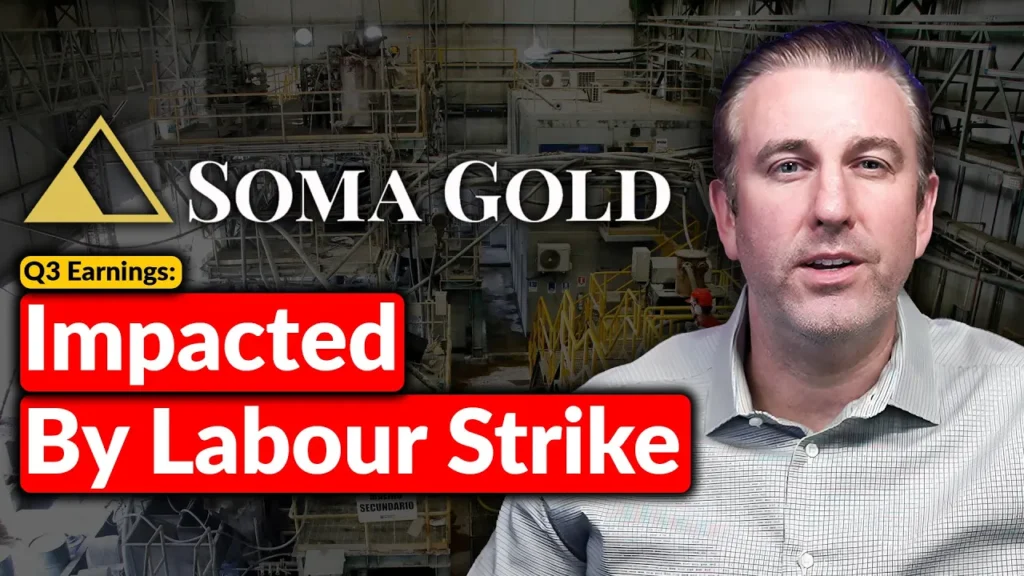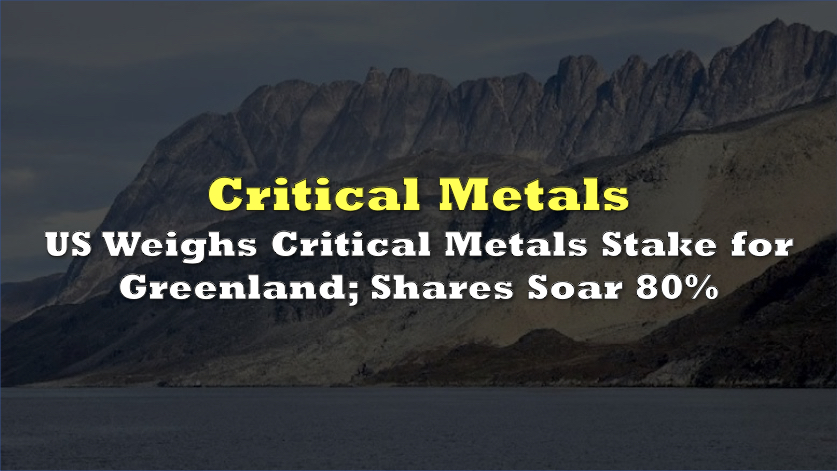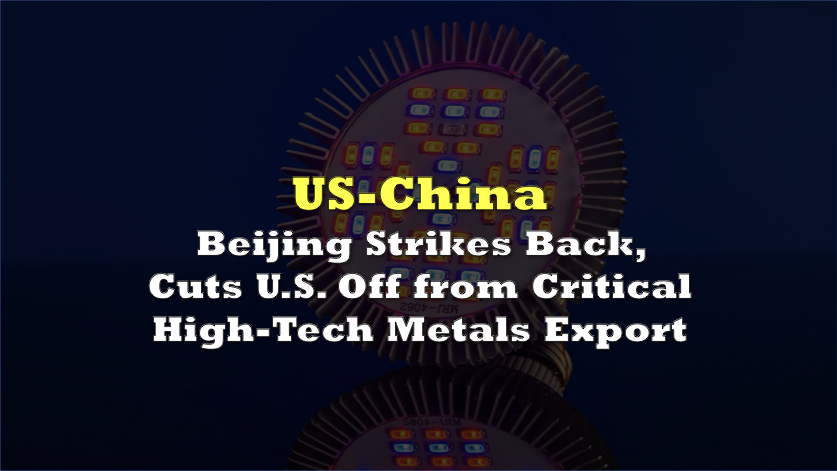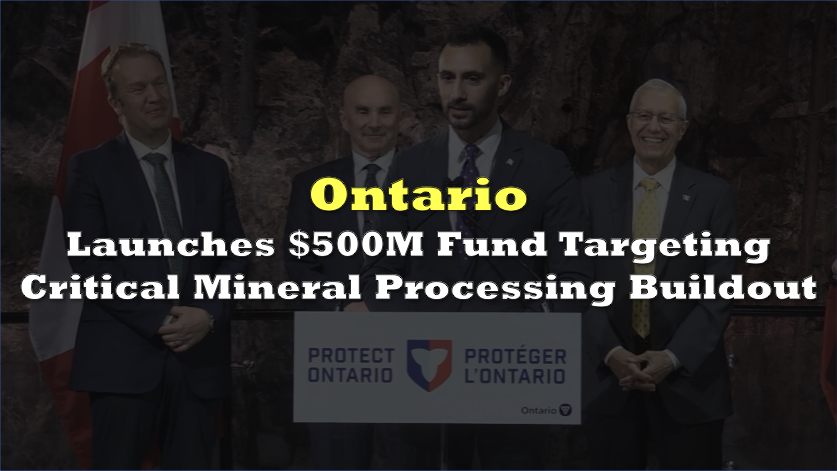The G7 closed its summit by adopting an action plan on critical minerals that seeks to hardwire resilient, transparent, and diversified supply chains for the metals. Leaders framed the pact as a direct answer to “non-market policies and practices” that have distorted prices and access to rare earths, lithium, nickel, and other inputs.
“We remain committed to transparency, diversification, security, sustainable mining practices, trustworthiness, and reliability,” their joint statement reads. The document builds on Japan’s five-point blueprint from 2023 and Italy’s 2024 upgrades, but layers in binding timelines for standards-based markets and faster capital deployment.
The plan orders ministers to draft a roadmap before year-end that bakes environmental, labour, and anti-corruption metrics into any mineral deal that touches G7 markets. Traceability tech, mandatory community consultation, and ESG thresholds move from nice-to-have to deal breaker status.
The subtext: if producers want G7 capital, they must meet G7 rules.
More than green rhetoric, what’s at stake is the dependency on the East for rare earths. China still processes over 90% of global rare earth oxides, a chokehold that last year forced Ford to idle plants “hand-to-mouth,” as CEO Jim Farley put it.
G7 leaders now promise to “swiftly protect our economic and national security,” including coordinated responses to deliberate supply disruptions.
Financing is the immediate bottleneck. The World Bank-led Resilient and Inclusive Supply Chain Enhancement partnership gets a mandate to crowd in private lenders, while export-credit agencies are told to align terms so projects are not stranded by permitting delays or price swings.
Summit chair Mark Carney argued the transition to electric grids and AI hardware “is underpinned by secure and responsible critical mineral supply chains.” He unveiled a Canada-led production alliance designed to guarantee feedstock for “advanced manufacturing and defence” among trusted allies.
Australia, India, and South Korea—three heavyweight producers courted by Washington and Brussels—immediately endorsed the plan, signalling that the G7 intends to set, rather than chase, global mining norms. 
However, will policy momentum outrun geology and local politics? New mines still average seven to ten years from discovery to first ore, and community opposition can stretch that timeline. Meanwhile, Beijing’s export licences can tighten in days, not decades. Unless G7 capital shortens build-out cycles and buffers price risk, factories could remain exposed to the very volatility the plan condemns.
Information for this story was found via Mining Weekly and the sources and companies mentioned. The author has no securities or affiliations related to the organizations discussed. Not a recommendation to buy or sell. Always do additional research and consult a professional before purchasing a security. The author holds no licenses.

